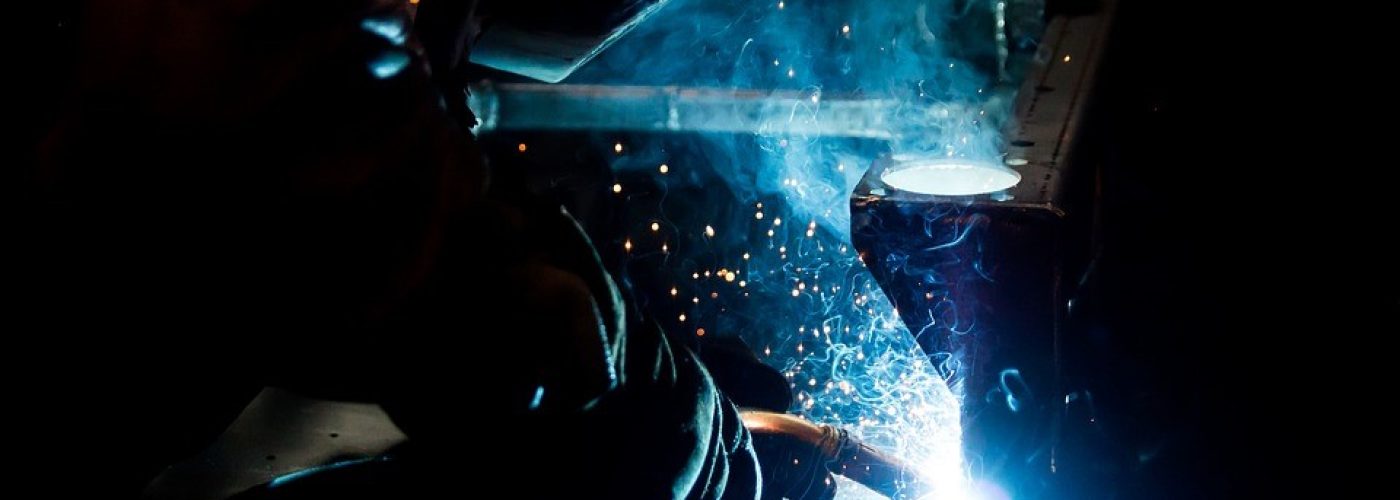When you are welding, which equipment do you need? Why is it essential to wear gears that can protect you? For many people, welding may be a simple job, and you need to stay away from the sparks that are flying left and right.
But to the people who are doing this kind of job, welding involves a lot of risks. There are risks of electric shocks, injuries, toxic fumes, burns, and eye blindness.
For people who are doing arc welding, the work is a source of ultraviolet and infrared lights. In many processes, safety goggles, shields, helmets, and clear safety glasses are used to protect the eyes. Some vicinities screen the welding process so that the arc is not visible through the metal or glass.
Most operators use goggles and clear glasses to protect their eyes from hot metal, glare, heat, and flying fragments. The safety of each welder and the job starts from the personal protective equipment. These can include the following:
Welder’s Mask/Respirator – Many gases and fumes are produced every second when you are in the welding process. A filter mask that is highly recommended, or if it’s not available, you can use a half-mask respirator. If you are doing a grinding process, note that some particulates and fumes can go inside your lungs. Most welders may want to use N95 masks as it filters 95% of air particles with a size of 0.3 micrometers and more.
Eye Protection – An approved eyeglass protection should be worn at all times. You can use goggles or safety glasses that are clear. The lenses should fit correctly, and they must be in excellent condition. You should wear them to protect your eyes at all times.
Note that the colored lenses will not be able to protect your eyes. You should wear something that is only approved by the American National Standards Institute (ANSI). You can know more about ANSI when you click here. Choose ones that are comfortable, flexible, and light. There are also new technologies such as scratch-resistant and non-distorting ones that are available on the market. Most of them can block ultraviolet and infrared rays.
Hearing Protection – You can get silicone earplugs that have string attachments on them for more comfortable wear. Most of the devices that produce noise in a welding area can damage one’s hearing. Most of the workers also face a situation where some debris can go inside their ears.
A foreign object’s penetration to the ear canal can cause damage. Loss of hearing is the most common in many welders. With this said, hearing protection can be in the form of ear mufflers or washable stringed earplugs. This is to reduce noise, and they are useful in letting you concentrate more on your job.
Gloves – The hands should be protected at all times while welding. Gloves that are made of leather are always the ones that are popular among workers. The thickness of the leather should depend on the kind of work that you are doing. Most people recommend thicker leather gloves for flux-cored arc welding (FCAW) or shielded metal arc welding (SMAW) work.
When you are doing gas metal arc welding (GMAW), medium-weight gloves are ideal. There are times when gloves should not be used when you are working on a rotating machine. Examples of these are grinders. In these instances, there are manuals that you can follow on how to protect yourself in these areas best.
Clothing – The right clothes can cover the entire body and provide adequate protection. Most of the apprentices are required to wear clothes made from natural fibers. Most of them opt to wear wool or cotton. Long sleeves and pants are also recommended. Jackets such as the fleece ones are also advised to be worn at all times while working.
Some closed-neck hoods and jackets are recommended if what you are welding are pipes above you. Most of the pants are not required to have cuffs so that they won’t catch hot slags or sparks. Most of the clothes should be ironed beforehand, as sagging is not allowed. Frayed gears with holes on them are also prohibited.
Shoes – Wear safety shoes that comply with your country’s regulations and standards. Read more about safety shoes here: https://www.safeopedia.com/definition/1076/safety-shoes. Most of the protective footwear can prevent falling objects and hot sparks for coming in contact with your feet. There should be toecaps to protect the toes from suddenly getting crushed from falling objects.
Note that there are standards that don’t approve the strap-on types of caps. The toecap should be initially designed and made in the shoe when one manufactures it so that it is an integral part of the whole shoes. This will further protect the feet from accidents.
A Final Word

Other than these, there are helmets, face shields, goggles, and other protective clothing that you need to consider. One of the most important things that you need to remember when buying is the equipment should meet the standards of Occupational Safety and Health Administration. Your supervisor should also approve of them.





